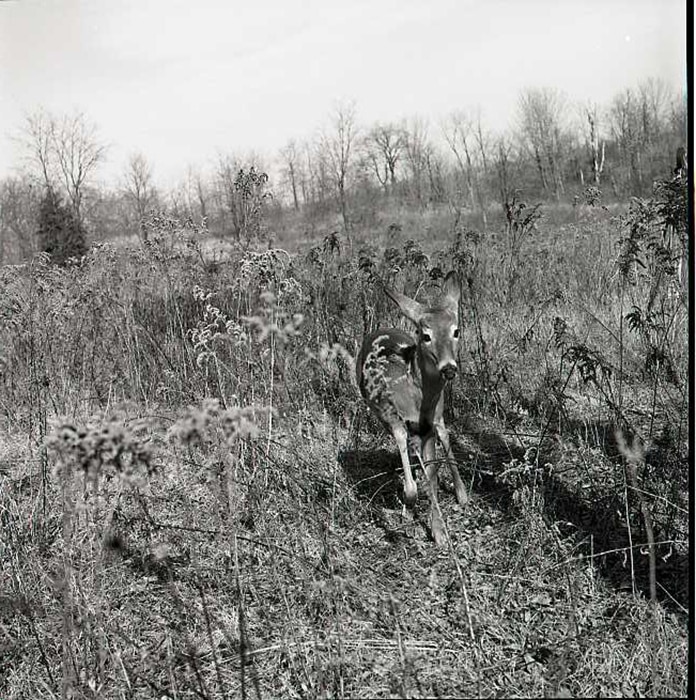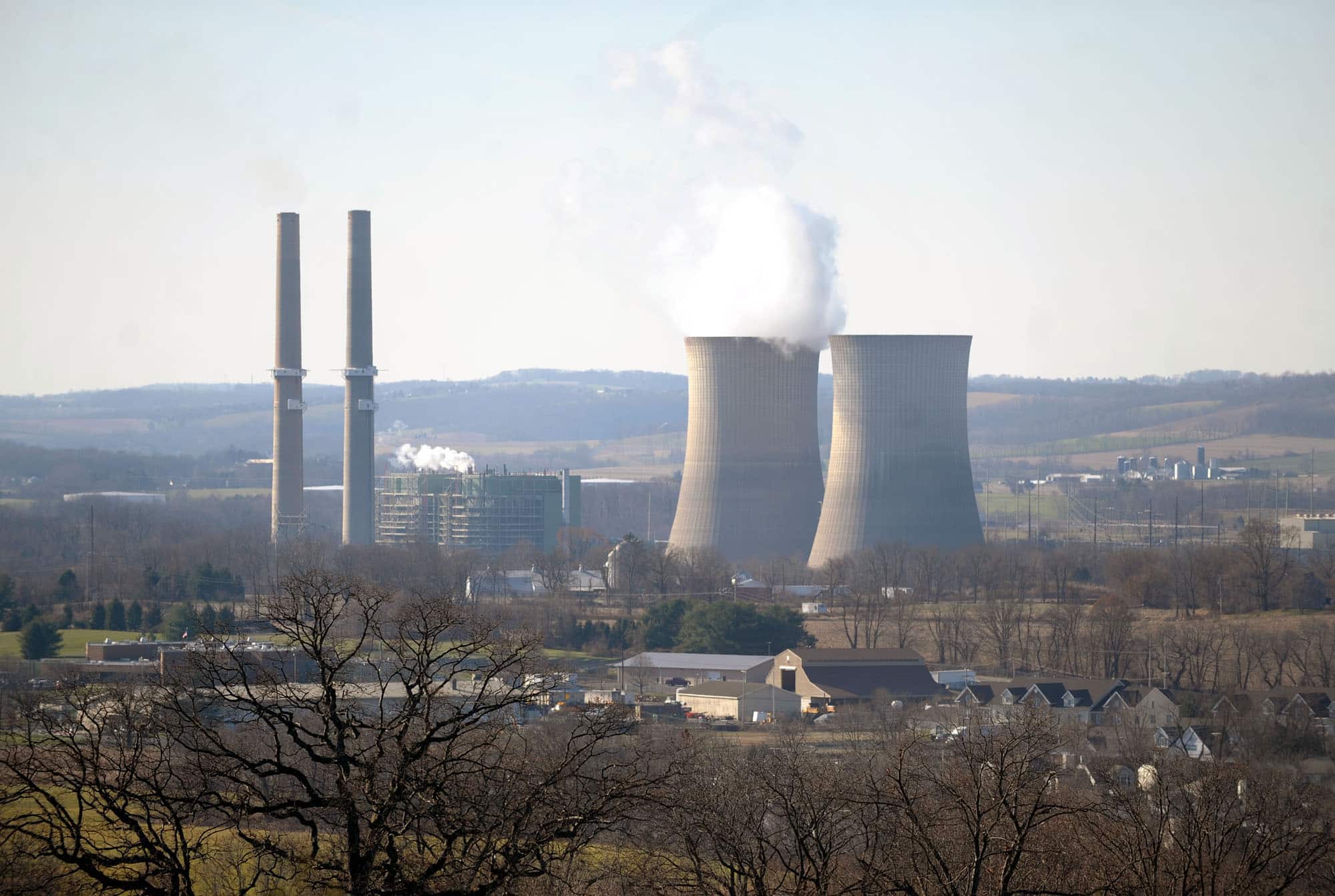The 1970s
Conserving energy and land
At the start of the decade, PP&L announced plans to build its first nuclear power plant. By the time construction reached its peak in the late 1970s, more than 2,500 construction workers were employed at the Berwick site. By the late 1970s, energy conservation became a major buzzword at PP&L and at utility companies throughout the country.
1970
Protecting the environment
As the United States celebrates its first Earth Day in April 1970, PP&L focuses on environmental protection. PP&L commits $40 million over a five-year period beginning in 1970 to company programs aimed at preserving clean air, clean water and natural landscapes and recreational areas.

1975
Oil over coal
For the first time since the construction of the Wallenpaupack hydroelectric plant in the 1920s, PP&L builds generating units that do not burn coal. The decision to install two oil-fired units at the Martins Creek power plant requires construction of an 80-mile pipeline to carry the oil to the plant and illustrates the company’s growing environmental awareness. When the new units begin commercial operation in 1975 and 1977, Martins Creek becomes the largest plant on the PP&L system.

The Martins Creek Power Plant in Lower Mount Bethel Township, Pennsylvania. Photo credit: Matt Smith for lehighvalleylive.com.
The 1970s
Conserving energy and land
At the start of the decade, PP&L announced plans to build its first nuclear power plant. By the time construction reached its peak in the late 1970s, more than 2,500 construction workers were employed at the Berwick site. By the late 1970s, energy conservation became a major buzzword at PP&L and at utility companies throughout the country.
This decade brought new energy realities with two oil embargoes, double-digit inflation, high energy prices and increasing electric rates. In response, PP&L began energy conservation programs for homeowners and created a consumer advisory panel to address energy problems. During this decade, the company also remained active in environmental conservation efforts. A dammed stream at the company’s Montour facility created a 162-acre lake for emergency water supply. The lake and surrounding acreage became the core of the Montour Environmental Preserve the company maintained for public use.